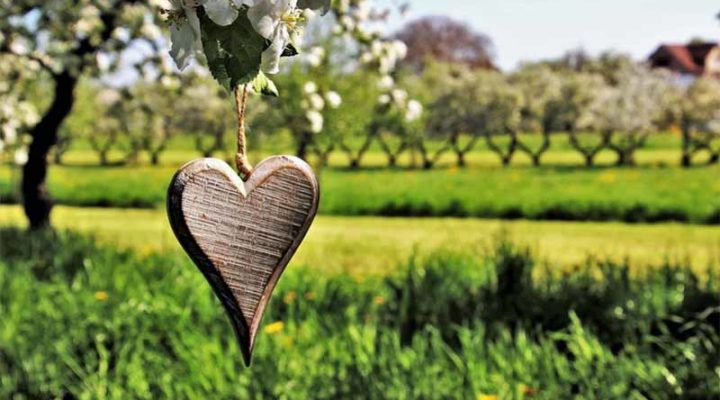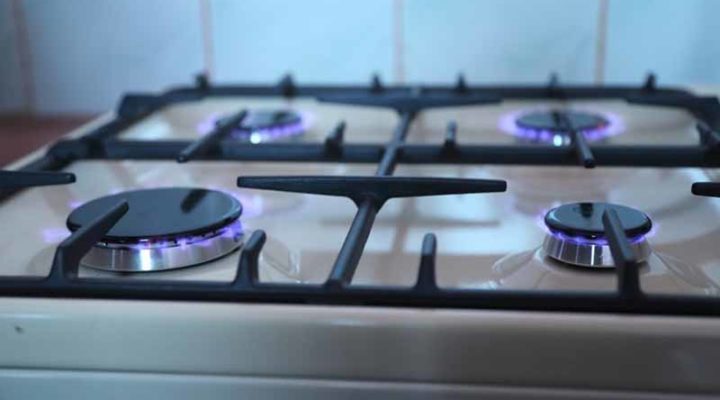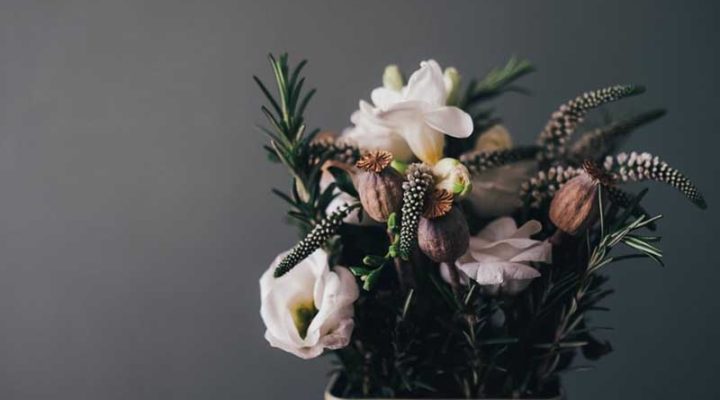Doubtlessly, each one of us wants our lawn to look lush green in every season of the year. After all, a well maintained Green and turf grass lawn indeed presents an adorable sight to our eyes. Well, maintaining your yard isn’t that difficult in most seasons, but summers can a bit stressful!
[Read more…] about 5 Lawn Care Tips for this SummerGarden
How to Choose the Best Grass Cutters for Your Garden
A lush garden is refreshing, and every homeowner dreams of having a leafy lawn. However, it comes at a cost and involves investing in a high-quality grass cutter or lawnmower. Indeed the lawn is a large part of the garden, and hence it’s vital to take good care of it by keeping the grass short.
[Read more…] about How to Choose the Best Grass Cutters for Your Garden
7 Tips to Keep Your Lawn Grass Healthy in Winter
Winter is a season where dry leaves and dead grass is a common scenario. Don’t be tensed about that. With some care and precautions, you can prevent any bad things that may happen to your lawn. Today we are going to give you 7 tips to keep your lawn grass healthy in winter.
[Read more…] about 7 Tips to Keep Your Lawn Grass Healthy in WinterWhat Is The Best Type Of Cookware To Use On A Gas Stove?
Cooking is essential, and a must-do thing within all the households. At least one has to make sure they have a few pieces of cookware regardless of whether they use it daily or not. And as we all know, everyone needs food every day, and for food to be prepared, we need to have cookware, right?
[Read more…] about What Is The Best Type Of Cookware To Use On A Gas Stove?Steps to Consider While Bringing Harvest Florals Home
Flowers are beautiful, no doubt. Often time we want them indoors to brighten it, but, unfortunately, it withers off quicker than we want. This, of course, is inevitable as by harvesting them, we are detaching them from their source of nutrition. But regardless of this, we still find ourselves cutting them to put indoors. You might have heard of various ways in which to can help prolong the longevity of these flowers, and you would have also noticed how most of them don’t work. Fortunately, we have proven ways in which you can help prolong the liveliness of your harvested flowers for maximum enjoyment. The upside of these ways is that they are straightforward steps that you might have shunned. However, they are very useful hence the need to do them. Here are advise from expert florist Little Flower Hut, if you plan on bringing harvest florals into your home, here are the appropriate steps you must take.
Clean water and a Clean Vase: the longevity of harvested florals is greatly determined from the very first step. Fungi and bacteria dwell in all places and would not hesitate to take any chances given to enter the surface of the stem that was cut. They would not only do that. They create mass destruction quickly by multiplying themselves in the stem. Although the root is made in such a way that it can block these attacks and many more flowers cease to enjoy this once severed from its source of sustenance so you have to do the job yourself. Put clean water of about 100 degrees in a clean vase. We decided to use warm water because plants absorb them faster than the cold water. Also, by freshwater, we meant to rid of sodium, which can be toxic to flowers. Fluoride, which is very harmful to plants like gerbera and freesia, and lastly minerals, which can cause flower stems from getting hydrated. It is very advisable to use soft water that you can drink for this process.
Use Flower Food: the primary function of the root is to pass nutrients from the ground across to the stem and other parts of the plant; this is how they grow. However, when a flower is harvested from the plant, it loses its source of nutrition. It is one of the reasons flower starts withering or fading from the very minute you pluck it. It is starving. So, to make sure that it stays alive for as long as possible, there is a need for you to provide a suitable alternative that would serve as a source of nourishment. This is where flower food comes in. Flower food is made in such a way that it mimics the flower’s initial surroundings and that would allow it to keep developing. Although there are traditional ways to get the flower food, it is highly recommended that you purchase verified ones as they have undergone a series of tests. If you are wondering what is contained in flower food, here is it:
Acidifier: most soft water produces alkaline, and it’s known to shorten the cut flowers life’s span. The acidifier aids in reducing the pH of the water to be close to that of the cell sap. The acidifier also regulates the color and pigment of the flowers.
Sucrose: it performs the same function in humans as in the plant. It is a source of energy, and it serves as an alternative in the absence of leaves. The sucrose in its right amount is an excellent source of food and energy. This can help sustain the life of the flowers to the maximum.
Bacteria Inhibitor: this is made to combat the growth of any bacteria. The sucrose in which the flowers need to grow is also wanted by the bacteria. But, in a head to head competition, the flowers will lose. This microorganism can block the water transporting cells, making it impossible to stay hydrated. But with the bacteria inhibitor, these microorganisms’ strength will be eliminated, giving room for the easy intake of nutrients.
Before using any purchased flower food, make sure you read how to go about it as giving the flowers more or less of what is needed will do more harm than good to the flowers.
Remove Foliage After Re-Cutting The Stems: when doing this, try not to use a pair of scissors in order not to risk crushing the vascular system in the stem. Use a sharp knife to cut diagonally one inch of the stem. The reason it has to be slanted is to aid hydration as the stem is most likely not going to be fully pressed against the bottom of the vase. If there are any leaves below the waterline, have it removed as it would decay and cause fungi that could destroy the florals. By this, we are not saying you should remove all the leaves, only the ones below the water level. Even though they are no longer attached to a stem from the mother plant, leaves still help in the hydration process. Also, you must take note when removing the leaves to do it delicately so there would not be bruises on the surface of the stem.
Give It Attention: this is the price that must be paid for having those florals in your home. You must check out how they are doing daily. If you discover that the water has become cloudy, replace it with a fresh one, not forgetting to add the flower food. If on the other hand the water only got decreased, then add water with the right amount of flower food to it.
When this is done, you must strive to take care of your plant and keep anything that can harm it away. While it’s obvious you shouldn’t smoke close to where your florals are, you should also endeavor to keep fresh fruits away from it as they produce ethylene, which is harmful to the flowers. Also, do not use metal or crystal containers as an improvisation for the vase. It could harm your flower, and the acid in the flower food will react negatively to the metal or crystal.




